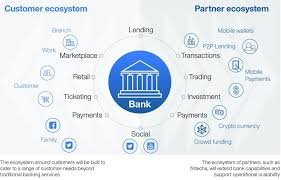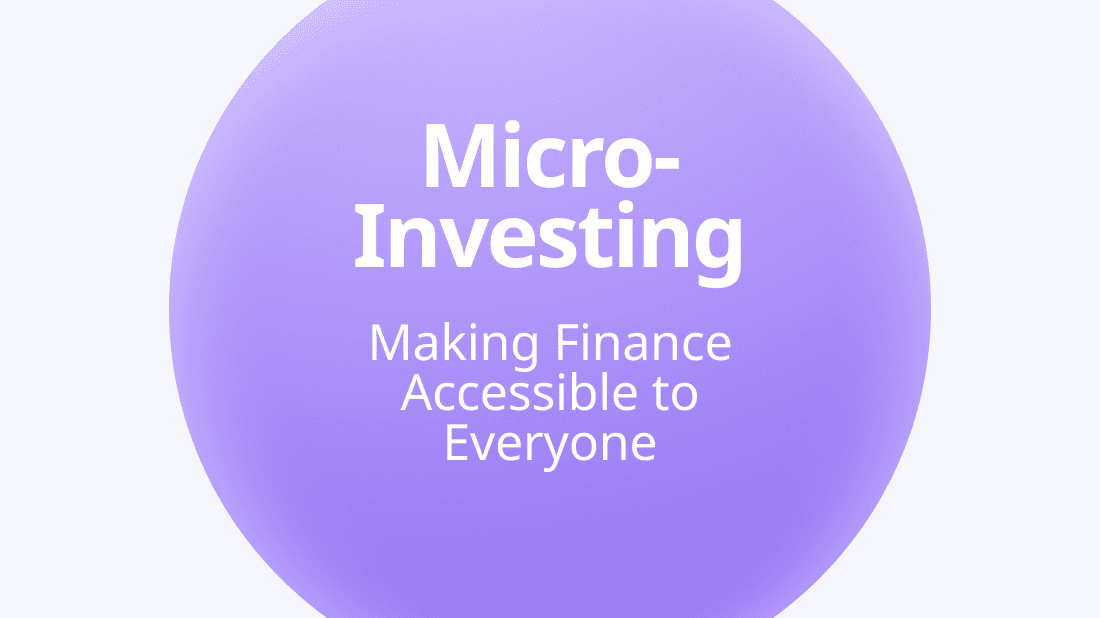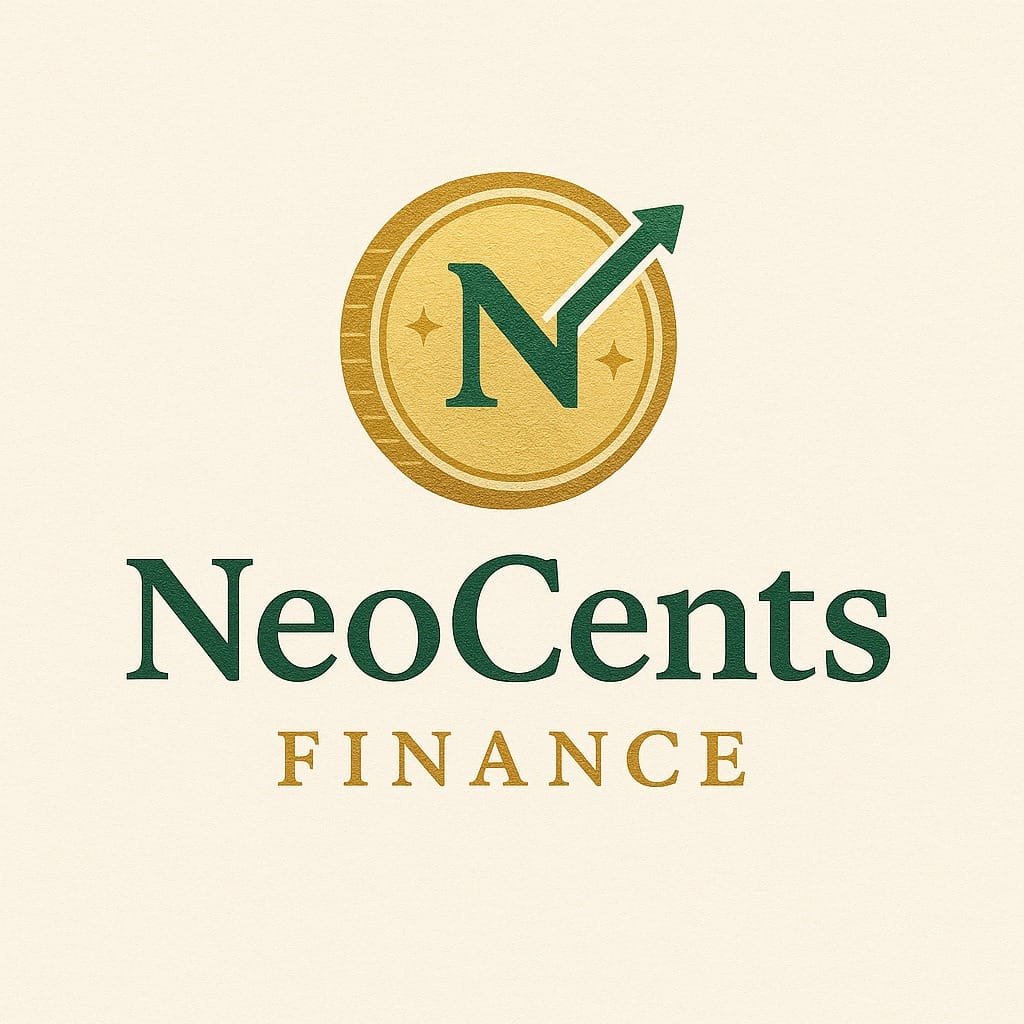We’ve all experienced the once-a-month scramble to get to the bank before it closes, the long wait in line, and the challenge of managing cash in a world that’s becoming increasingly cashless. But in recent years, the banking world has transformed. Thanks to the digital revolution, many of us now have the tools to manage our finances from the comfort of our homes, or better yet, on the go.
Whether it’s transferring funds with a tap, using biometric security for logins, or making instant international payments, digital banking has made banking more convenient, efficient, and accessible.
Yet, this evolution isn’t just about convenience. It’s a reshaping of the entire financial ecosystem, one where old systems are blending with new technologies to create an environment that empowers consumers and businesses alike.
So, what exactly is this digital banking ecosystem? How does it work? And, more importantly, how can you navigate it to make smarter financial choices?
Let’s dive in.
1. The Backbone of Digital Banking: Fintech Innovations
To understand digital banking, we first need to look at its main enabler: fintech (financial technology). This is the engine driving everything from digital wallets to mobile payments, peer-to-peer lending, and robo-advisors.
Fintech companies focus on using technology to offer financial services that are faster, cheaper, and more accessible. For example, mobile payment platforms like PayPal, Venmo, and Square have made it easier to send money with just a few taps. Neobanks like Chime and Revolut offer completely app-based banking with no physical branches, eliminating traditional banking fees.
This fintech wave has laid the foundation for digital banking by integrating artificial intelligence (AI), blockchain technology, big data, and cloud computing into the financial services sector. Consumers now enjoy a level of convenience and customization in their financial services that was previously unimaginable.
2. Neobanks: The Digital-Only Banks
When you think of banks, you probably envision a brick-and-mortar building with vaults, tellers, and a big front door. But neobanks are flipping this script.
These digital-only banks operate entirely through apps or websites, offering many of the same services as traditional banks—checking accounts, savings accounts, loans, and even investment options—but with lower overhead. This often translates to reduced fees or better interest rates.
Take Chime, for example, which offers free checking, savings, and a mobile app that lets users send money, pay bills, and track spending—without setting foot in a physical bank.
Neobanks appeal to digital natives who value speed, efficiency, and transparency. What they lack in physical presence, they make up for in convenience and accessibility.
3. Traditional Banks Adapting to the Digital Age
But what about the banking giants we’ve trusted for decades? They haven’t been left behind.
Many traditional banks have partnered with fintech companies to integrate digital solutions. JPMorgan Chase and Wells Fargo, for instance, offer mobile apps that let customers check balances, transfer money, and apply for loans—all from their couches.
AI-driven customer service chatbots are now common, providing 24/7 assistance for basic inquiries and even financial advice.
These institutions have invested heavily in digital infrastructure to stay relevant in a marketplace driven by digital-first experiences.
4. Digital Payments and Wallets: Making Transactions Seamless
Digital payments are the cornerstone of the digital banking ecosystem.
Services like Apple Pay, Google Wallet, and Samsung Pay have transformed how we pay, allowing purchases with a smartphone tap. These systems use Near Field Communication (NFC) technology for contactless payments.
The appeal? Speed and security. These systems use biometric authentication (facial recognition or fingerprint scans) to protect personal data—a must in the age of data breaches and identity theft.
5. Open Banking: A Collaborative Approach to Financial Services
One of the most exciting developments in digital banking is open banking.
This approach allows third-party companies to access bank data—with permission—to create new products and services that improve financial management.
Using APIs (Application Programming Interfaces), fintech companies can connect with banks’ systems. For example, Plaid connects users to over 11,000 institutions, enabling apps like Venmo, Robinhood, and Mint to sync financial data seamlessly.
The result? A 360-degree view of your finances in one platform—spending, investing, and even personalized advice.
6. Blockchain and Cryptocurrencies: The Future of Money?
You’ve probably heard of Bitcoin and Ethereum. While still not mainstream, the technology behind them—blockchain—has huge potential.
Blockchain records transactions securely across multiple computers, making the data nearly impossible to alter or hack.
In banking, it could reduce costs, improve transparency, and speed up cross-border payments. Banks are also exploring smart contracts, which automatically execute transactions when conditions are met.
Though cryptocurrencies aren’t everyday money (yet), blockchain is already influencing how banks think about the future.
7. Data Privacy and Security: The Rising Concern
As banking becomes more digital, data privacy and security become top concerns.
From identity theft to large-scale breaches, the risks are real. In response, platforms are implementing tools like:
Two-factor authentication
Biometric security
Encrypted transactions
Regulatory standards like GDPR and CCPA also define how institutions handle user data.
Consumers should take precautions too: use strong passwords, enable multi-factor authentication, and avoid public Wi-Fi for financial transactions.
8. The Role of Artificial Intelligence (AI) in Digital Banking
AI is reshaping banking.
From fraud detection to personalized financial advice, AI enables more tailored and responsive banking experiences.
AI algorithms monitor spending for unusual activity, while robo-advisors offer automated investment strategies based on customer data and market trends.
AI also powers customer service—chatbots resolve basic issues instantly, freeing up human agents for more complex needs.
9. The Rise of Digital-Only Banks: Shaping the Future
Digital-only banks, or neobanks, are growing fast.
With no physical branches, they offer services like personal loans, savings accounts, and budgeting tools entirely online.
Examples include Revolut, Monzo, and N26.
They’re agile, low-cost, and often cater to niche needs—like frequent travelers or crypto users—by leveraging technology to enhance user experience.
10. The Future of Digital Banking
The future looks promising.
Integrated platforms are combining payments, lending, investing, and saving into one experience.
Biometric logins may replace passwords. Augmented reality (AR) might let users interact with finances in immersive ways.
However, innovation brings responsibility. Regulators must keep up, and institutions must ensure inclusivity, preventing digital exclusion.
Conclusion
Digital banking is transforming how we interact with money.
Fueled by fintech, blockchain, AI, and more, this ecosystem is becoming more integrated, secure, and user-friendly.
The benefits are huge, but so are the responsibilities. Privacy, security, and accessibility must remain top priorities.
With the right tools and mindset, anyone can take control of their financial future.
So, whether you’re using mobile payments to grab coffee or working with a robo-advisor to invest, digital banking is here to stay—and it’s shaping a smarter, more connected future.








